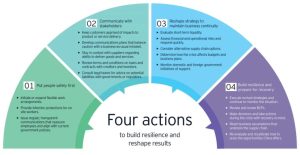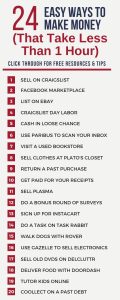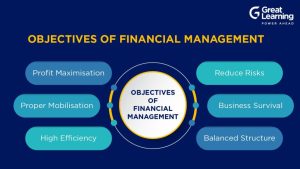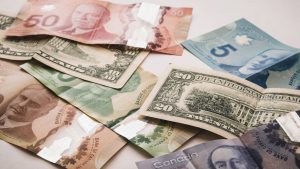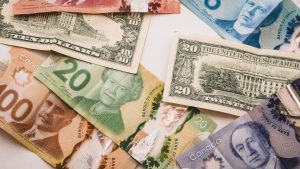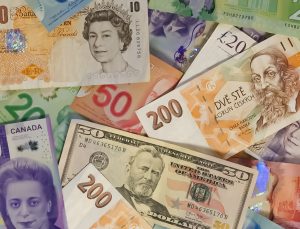What Can Higher Interest Rates Bring; Don’t Do Like That.

At 2:00 p.m. EDT this afternoon, the Federal Reserve(Fed) will announce the latest interest rate change. Their goal is to curb the runaway inflation we are experiencing. So, what is inflation? How will higher interest rates help curb inflation?
The basic definition of inflation is chasing too many dollars and too few goods and services. This is a definition accepted by most economists and followed by the Federal Reserve today. This definition focuses on the main supply and demand in the economy and concludes that the demand side in the equation is stronger than the supply side.
Think of a candy store. Inflation means that people line up to buy candy, but more people want to buy it, rather than the supply of stores. Therefore, the shopkeeper keeps raising the price(inflation). Under reasonable circumstances, the number of candy with a new higher price is equal to the number of buyers willing to pay the price.
Demand adjustment; candy buyer Working in the old United States was very attractive. The old United States was self-sufficient and could produce as many goods as possible. Therefore, at the end of the 1970s, we experienced the same inflation last time, and the Federal Republic of the United States also raised interest rates to curb demand. This higher interest rate reduced demand, especially for credit buyers. Suddenly. They are reluctant to pay higher interest rates to buy. Some customers decided to quit rather than buy.
These higher interest rates will generate higher loan costs and reduce demand. In the 1970s and 1980s, the United States had sufficient supply or industrial production, and the economy could adjust one factor to achieve balance. This is demand. The higher interest rate of the Federal Reserve has played a role in curbing inflation.
The Federal Reserve(Fed) has adequately curbed demand to ensure supply/production balance. As a result, the United States began one of the most important periods of growth in its history. The rest of the 1980s and 1990s witnessed stable economy, rich and balanced achievements. The Federal Reserve controls prices for the next generation.
Unfortunately, the United States today is different from the previous generation in three core aspects.
First, the population of the country has changed dramatically. The baby boomers are retiring, and their productivity has declined from 20 to 30 years ago. The supply side of the supply and demand relationship is no longer as capable as it used to be.
Second, the United States shipped most of its manufacturing overseas. We call it “; supply chain”; this means that the economy cannot re produce all the parts and commodities needed to restore equilibrium. Similarly, the supply side is not very strong.
Finally, I think it is most relevant to today’s situation. We have just experienced the most important investment in history. As I pointed out, real cash(M1 currency) has increased fivefold. From $4 trillion two years ago to $20 trillion today, all this is a “stimulus plan”. This government has invested trillions of dollars in our financial system to deal with the covid-19 epidemic. Remember, inflation pursues too many dollars and too few goods and services. Well, here it is. Too much “; the dollar came.
So, considering this background, where can we go?
First of all, I accept Wall Street’s prediction. In other words, the Federal Reserve(Fed) will raise interest rates by at least 3/4 percentage points today. In addition, it is likely to raise interest rates by another 3/4 percentage points in November.
Let’s predict how these higher interest rates will affect our three basic inflation factors.
First, higher interest rates have little impact on the population structure. Oh, of course, Grandma won’t go to the store as often as she used to. In fact, since the interest rate has increased, she can also save more money in her savings account. Saving is a good thing. But in general, higher interest rates have little impact on the aging population.
How about the manufacturing industry outside the region? It is necessary to bring these transnational enterprises back to China for reward. Trump’s tariff and capital investment income is a step in this direction. However, from the perspective of interest rate, it also has no impact. In addition, interest rates are the wrong tool to restore production on the American coast.
On this point; stimulate ; the plan of direct printing of money may have been completed. It cannot be recovered. Therefore, we are faced with the full impact of a new and stimulating US dollar. In essence, we have new US dollars and stimulating US dollars. Due to the large number of these new US dollars, their value is lower than that of the previous US dollars before 2021. .
Therefore, the increase in interest rates will not affect the population structure of the country. It will not bring our extraterritorial manufacturing home. It cannot recover the impact of the trillion dollar stimulus policy.
But one thing is that high interest rates may work. High interest rates will reduce demand. We can expect the economy to slow down as consumers are reluctant to spend.
Several large enterprises have warned about the coming slow business environment. Last week, Federal Express warned that freight rates would fall sharply, while Ford and General Electric warned that costs would rise. I expect the economic slowdown will continue this year. Unfortunately, this may continue as we approach the most important sales time of the year, the holiday sales in the fourth quarter.
I have reliable news that Santa Claus is not feeling well.


